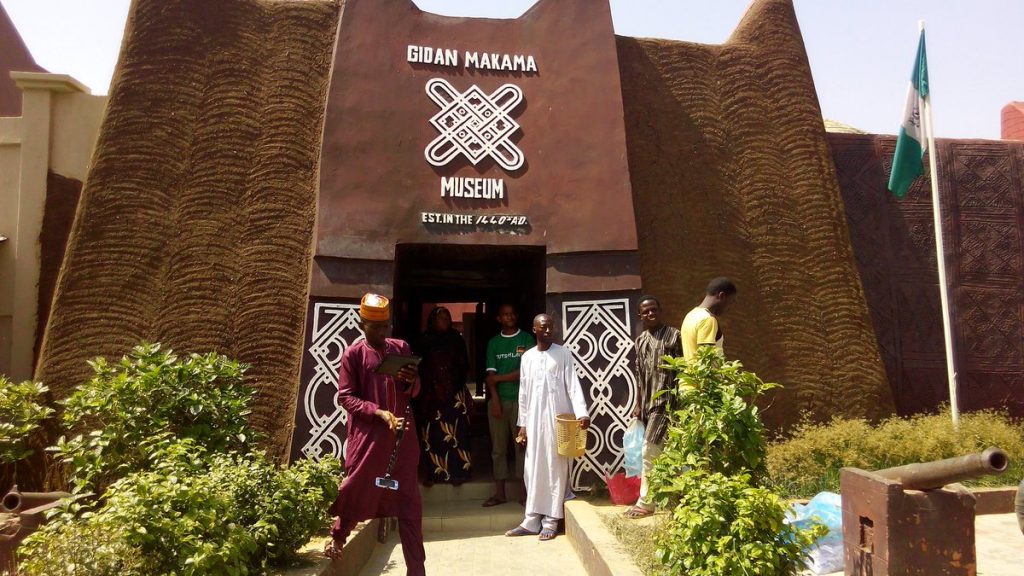Learn the best of history at the Gidan Makama Museum in Kano
By Rebecca
11 December 2019
Gidan Makama Museum Kano or Kano Museum is a museum in Kano, Nigeria. This building served as the temporary palace of Kano before the current palaceGidan Rumfa was constructed in the 15th century. The museum has a significant collection of arts, crafts, and items of historic interest related to the Kano area.
Located in a 15th-century historical building, which is recognised as a National Monument by the Government of Nigeria. The museum is divided into 11 galleries, each with their own centre of focus. Galleries include the Zaure or the main entrance hall with displays of traditional materials, city walls and maps of Kano, the history of statehood, Kano in the 19th century, the Civil War, economy, industry and music
The museum is located on Emir Palace road and it is divided into 11 galleries with each containing some aspects of traditional Kanawa artifacts, pictures, musical instruments, handicrafts, and materials. The galleries are the rooms and courtyards of the old Makamas and depict the style of a traditional residence of a Kano aristocrat.
The entrance of the gates exhibited some historical pots believed to have been excavated at Kofar Kabuga, a gate within the Kano city wall and also two colonial cannons. The building hosts 11 galleries. The Gidan Makama museum displays architectural pictures and old relics that provide information on the history of Kano dating back to the colonial period. The museum is located at the southern end of the Emirs palace.
It was built 520 years ago and served as the temporary residence of Muhammadu Rumfa the 18th emir of Kano, whilst the emirs? palace is been constructed. When rumfa moved into the new palace, Makama an important title holder stayed in the museum. In the early 1950s, the museum was divided into three parts.
The Gidan Makama primary school, Girls secondary school, and the central area which remained the home of Makama and the suites were converted into a museum to serve as the present museum. Outside the museum is a typical example of Hausa architecture and worth the picture. The Museums open daily. These sites are definitely worth a visit.
Galleries
The museum has 11 galleries each containing materials, artifacts, and pictures representing the historical heritage of the people.
- The first gallery is about Hausa traditional architecture and includes building materials used by the people of Kano
- Second has the Kofar kabuga gates through which the British entered and subsequently captured Kano; it also has a map showing the walls of Kano
- Third exhibits a traditional religious history of Kano in pictures and the story of the early invaders of Kano led by Bagauda
- Fourth depicts the Fulani influenced history of Kano starting from the 19th century
- Fifth tells the story of the Kano Civil war
- Sixth tells the story of the old Kano economy and the Durbar
- Seventh has the colonial period and pictorial history of 20th-century political figures
- Eighth includes the Islamic heritage of the people of Kano
- Ninth shows various occupations of the people of Kano and includes farm instruments, basketwork, and textiles
- The tenth has music instruments
- Eleventh depicts the traditional Hausa bride's room.
You should also check out this detailed travel guide to Kano. It contains everything you need to know to ensure you have an amazing stay in the city.
Leave a comment

Leave a comment
Share